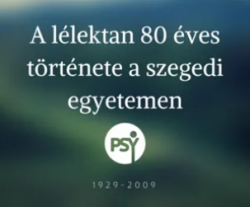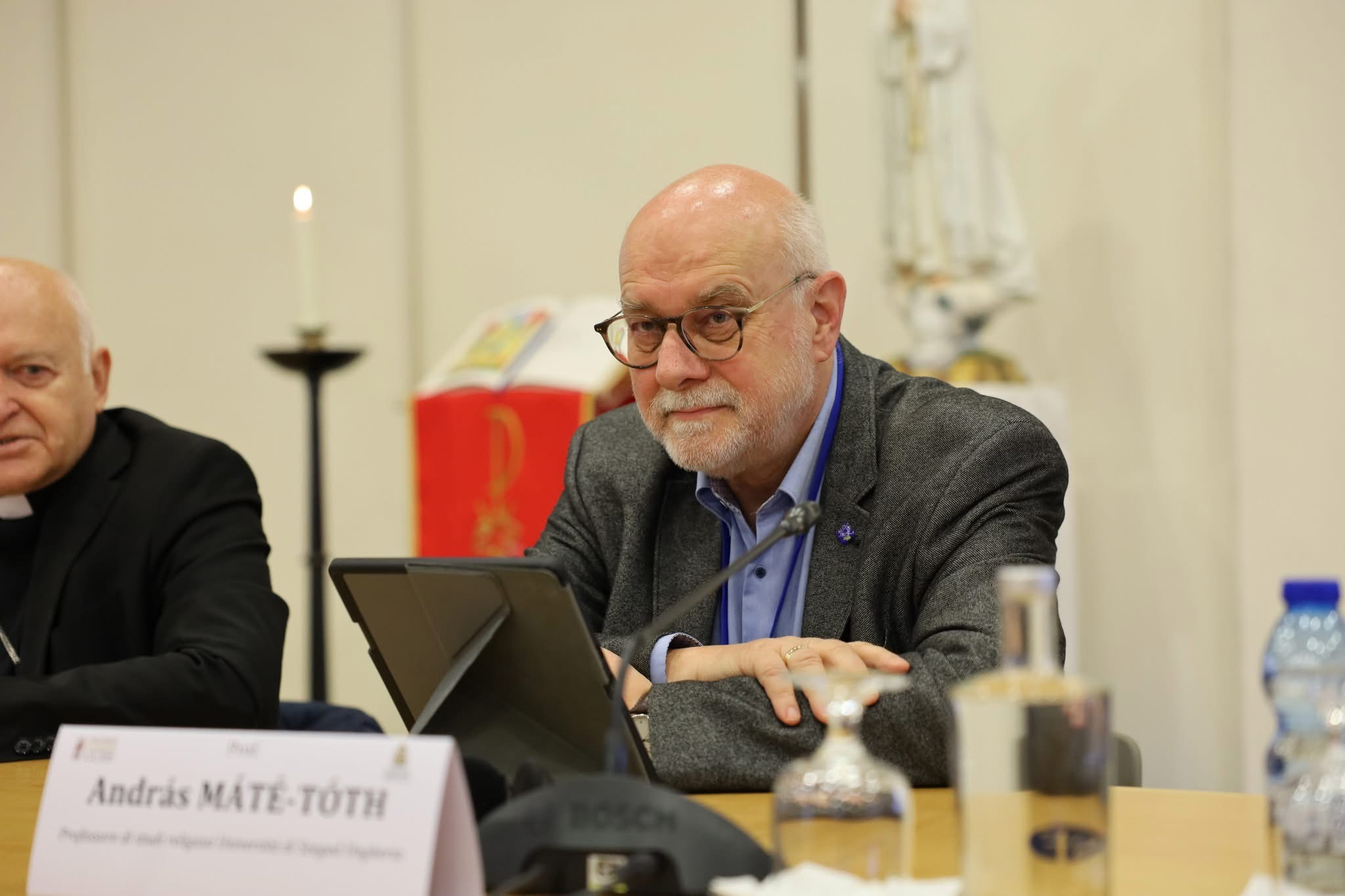A hazugság folyamata és kognitív irányultságú vizsgálóeljárásai
Buday Zsófia, PPKE BTK Pszichológiai Intézet
Buday Zsófia
PPKE BTK Pszichológiai Intézet
A poligráfos vizsgálat a legszélesebb körben ismert és alkalmazott hazugságdetekciós eljárás az igazságszolgáltatásban. Azonban számos kritika merült fel megbízhatóságával kapcsolatban. Emiatt megnőtt az igény újabb, hatásosabb módszerek kifejlesztésére, és ehhez kötődően a hazugság folyamata közben végbemenő kognitív mechanizmusok működésének megértésére. Az összefoglaló első részében bemutatom a poligráfos eljárást és az azzal együtt használt kikérdezési technikákat, valamint a poligráffal szemben felmerült kételyeket, az eljárás potenciális gyengeségeit. Ezután ismertetem a korai hazugságmodelleket, és kitérek a hazugság neurokognitív folyamataira is. Bemutatom és összehasonlítom a hazugság kognitív folyamatainak feltérképezésével foglalkozó főbb elméleteket. A kognitív megközelítések kiindulópontja, hogy egy adott hazugság típusától, különböző jellemzőitől függően más-más mértékű kognitív kapacitást igényelhet. Ezeknek az elméleteknek a segítségével még hatékonyabb hazugságvizsgáló eljárások fejleszthetőek ki, amelyek a bűncselekmények felderítésében is használhatók. Ilyenek például a kognitív terhelésen alapuló módszerek. Végül kitérek arra, hogy az új eljárások alkalmazhatóságával kapcsolatban érdemes figyelembe venni az egyéni különbségek szerepét, a motivációt, a különböző önvédő viselkedéseket vagy a szorongás szintjét. A kognitív terhelés mértéke számos tényezőtől függhet, bizonyos esetekben igazat mondani megterhelőbb, mint hazudni.
Kulcsszavak: poligráf, pszichofiziológiai reakciók, reakcióidő, végrehajtó funkciók, munkamemória, kognitív terhelés
English abstract
The process of lying and cognitive lie detection approaches
The polygraph test is the most widely used lie detection method in jurisdiction. However, its validity and reliability has often been criticized. There is a need for the development of newer, more efficient deception detection techniques, and to understand the cognitive mechanisms of lying. In the first part of this paper, the polygraph and the tests that are most widely used with this device are introduced, alongside with relevant criticism and the weak points of the procedure. Then, early models and basic neurocognitive mechanisms of lying are summarized. Relevant theories aiming to map the cognitive mechanisms of lying are discussed and compared. The basis of the cognitive approaches is that depending on the characteristics and type of the lie, the amount of cognitive capacity needed will be different. With the help of these theories, more efficient deception detection techniques can be developed that can be used during crime investigations as well. Some of these techniques work by inducing cognitive load. In the end, a few factors are mentioned that should be taken into account while considering the applicability and possible limitations of these new methods, before putting them into practice. These include the role of individual differences and motivation, the amount of anxiety and different self-defending strategies. The amount of cognitive load depends on many factors, in certain cases, telling the truth can be more cognitively demanding than lying.
Key words: polygraph, psychophysiological reactions, reaction time, executive functions, working memory, cognitive load






